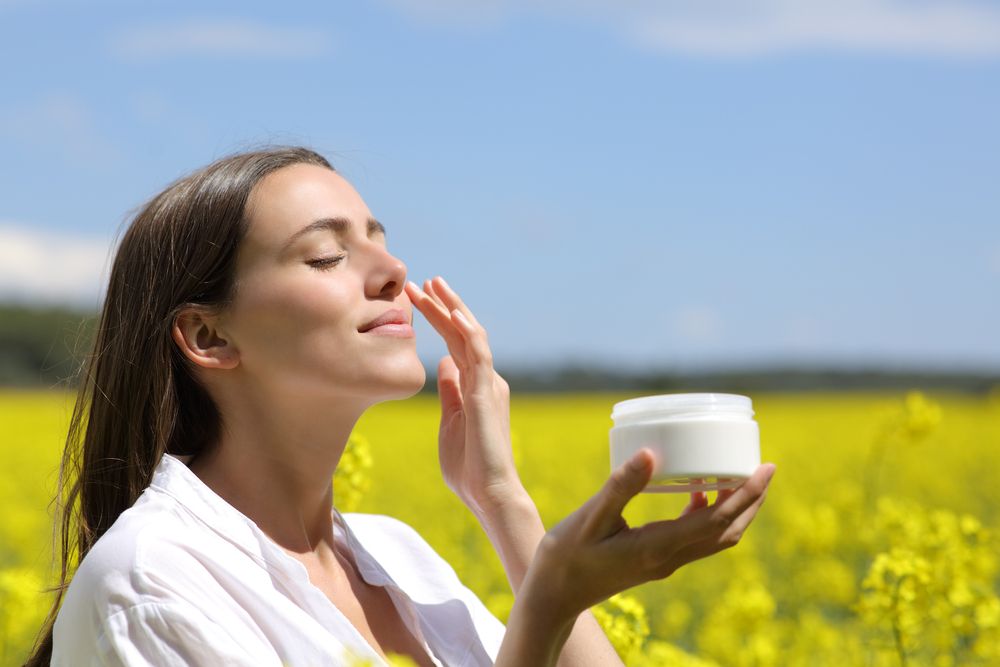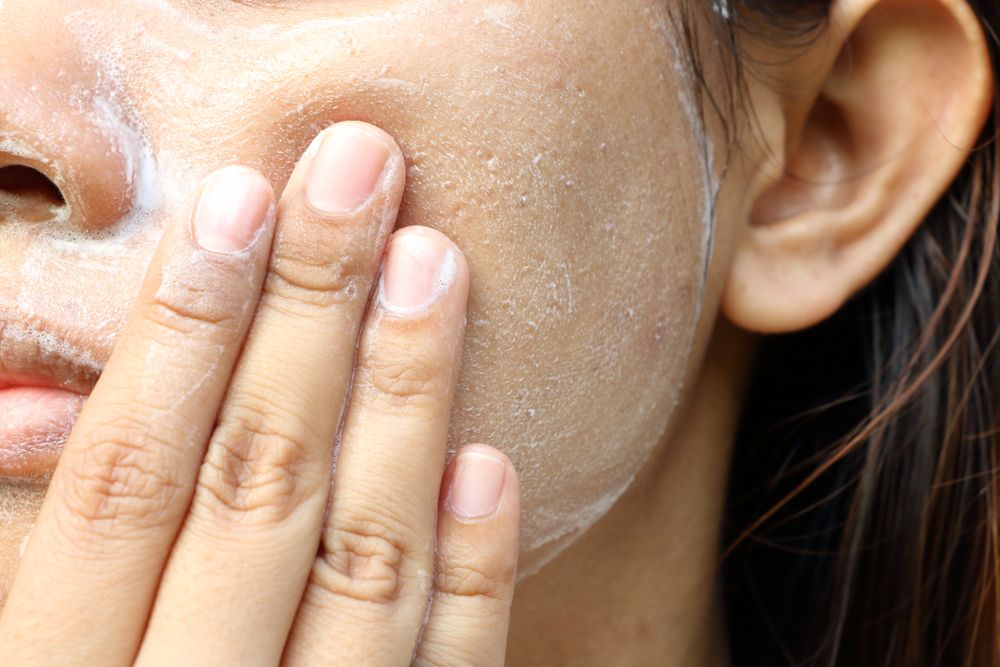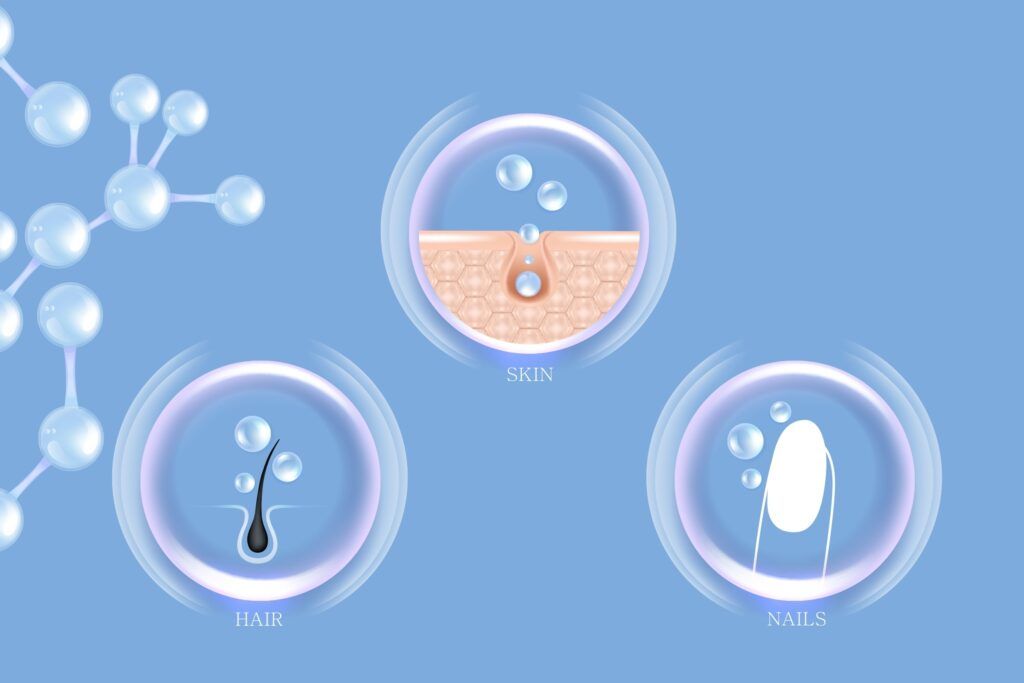Springtime brings warmer weather, longer days, and, unfortunately, the increased risk of sunburns. As we shed our winter layers and spend more time outdoors, understanding how to protect our skin from the sun’s harmful rays is crucial. This Q&A blog will explore common questions and concerns about springtime sunburns and how to prevent them.
Q: Why am I more likely to get sunburned in the spring?
A: After spending the winter months indoors, our skin isn’t as acclimated to UV exposure, making it more susceptible to sunburns. The intensity of the sun’s rays also begins to increase in spring, often catching people off guard. Many of us underestimate the strength of the spring sun, especially on cooler, breezy days, leading to insufficient sun protection.
Q: Can I still get sunburned on cloudy days?
A: Absolutely. Up to 80% of UV rays can penetrate through clouds, mist, and fog. People often skip sunscreen on overcast days, mistakenly believing they’re not at risk. However, UV radiation can be just as strong, if not stronger, under cloudy conditions due to the scattering effect, which can increase UV exposure. It’s essential to wear sunscreen every day, regardless of the weather.
Q: What SPF should I use in the spring, and how often should I apply it?
A: Dermatologists recommend using a broad-spectrum sunscreen with an SPF of at least 30, which blocks about 97% of UVB rays. Apply sunscreen 15 to 30 minutes before going outside, and reapply every two hours, or immediately after swimming or sweating. Don’t forget to apply it to often-missed areas like the tops of your ears, back of your neck, and the tops of your feet.
Q: Besides sunscreen, how else can I protect my skin from spring sunburns?
A: In addition to regular sunscreen application, wearing protective clothing can significantly reduce your risk of sunburn. Opt for long-sleeved shirts, pants, and wide-brimmed hats made from tightly woven fabric to shield your skin from the sun. Sunglasses with UV protection are also crucial to protect your eyes and the delicate skin around them. Seeking shade during peak sun hours, typically from 10 a.m. to 4 p.m., can also help minimize UV exposure.
Q: What should I do if I get sunburned?
A: If you do get sunburned, taking immediate action can help soothe your skin and reduce damage. Start by cooling the skin with a damp cloth or taking a cool bath. Apply aloe vera or a moisturizer to help soothe the affected area. Stay hydrated by drinking plenty of water, as sunburn draws fluid to the skin’s surface and away from the rest of the body. If your sunburn is severe, consider taking an over-the-counter anti-inflammatory medication to reduce pain and swelling. If blisters form, do not pop them, as this can lead to infection. If your sunburn is extensive or accompanied by fever, chills, or severe pain, seek medical attention.
Preventing sunburns in the spring is crucial for maintaining long-term skin health and reducing the risk of skin cancer. By understanding the risks and taking proactive steps to protect your skin, you can enjoy the beautiful spring weather safely and without the painful consequences of sunburn.






